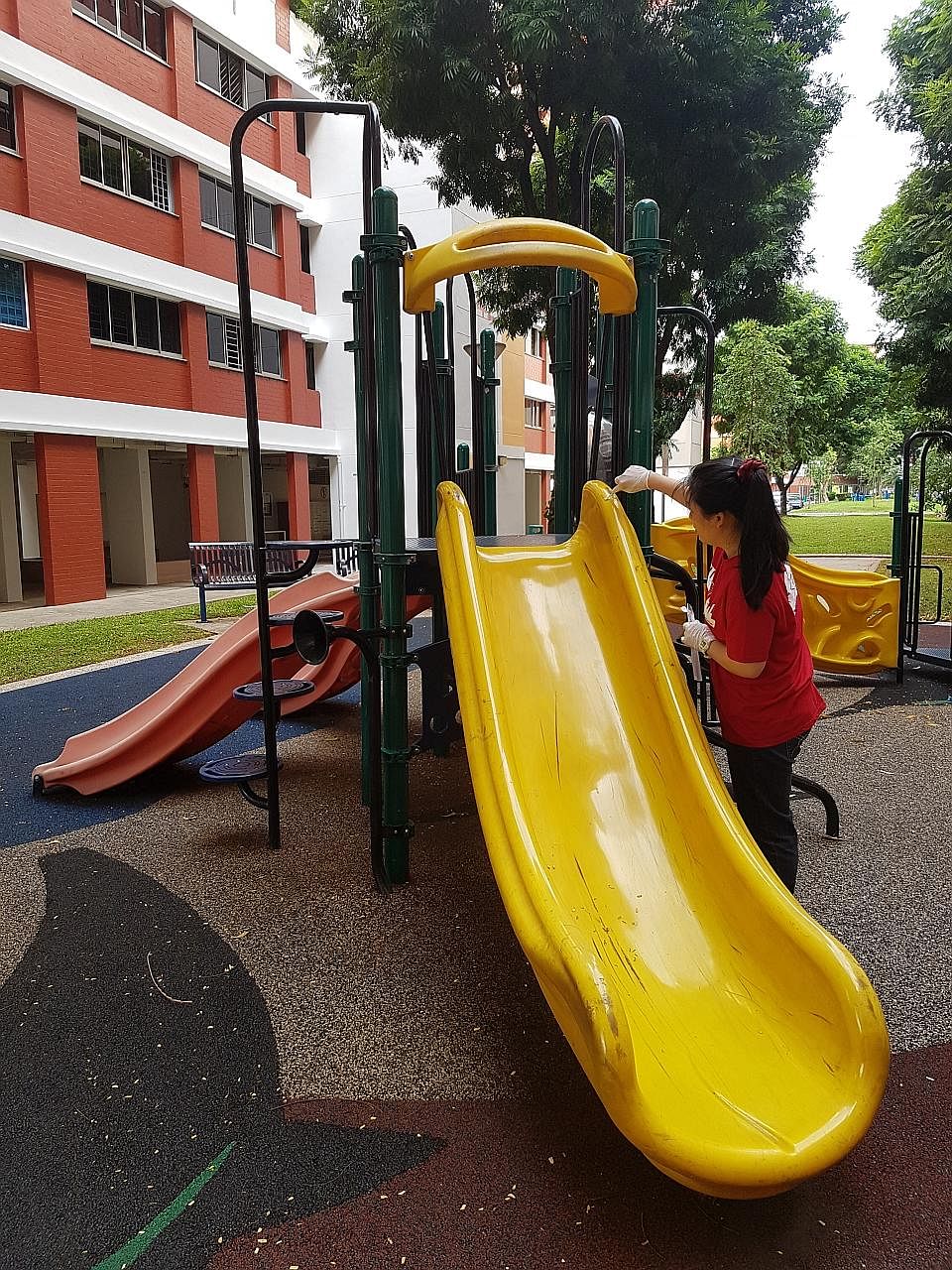With 60 swabs and a pair of gloves in his bag, Dr Niranjan Nagarajan set off for Singapore's parks last week.
First to MacRitchie Reservoir Park, then Bishan Park and West Coast Park, even Newton MRT. At those places, he sought out benches, handrails, exercise equipment - things people regularly touch in public - took out one of the swabs, then used it to rub the surface for about 11/2 minutes.
Dr Nagarajan's actions may have appeared strange, but he is on a quest to find out just what people here leave behind.
He is principle investigator of the Singapore arm of a global research project. The swabs that he and 39 volunteers were collecting will give researchers a glimpse of the bacteria, viruses and genetic markers in public spaces here.
The volunteers from the Agency for Science, Technology and Research (A*Star) combed housing estates, bus stops, parks, the areas surrounding train stations and their office last Wednesday, which was global sampling day for this project.
They collected 1,000 samples from all over the island, from Woodlands to Tampines, the Botanic Gardens to Boon Lay, which will be sent to New York for analysis.
"It's all about the statistics. The more you can collect the better," said Dr Nagarajan, associate director of computational and systems biology at A*Star.
The lab analysis will let researchers know what sort of DNA was found in the samples, so that researchers can try to reconstruct what sort of bacteria were present at the locations.

"Then we'll know the microbial signature of this place. Every city seems to have its own fingerprints - certain species of bacteria are very dominant in some cities but not others," he explained.
The project, called MetaSub (Metagenomics and Metadesign of the Subways and Urban Biomes), is a global one involving 75 cities in 40 countries - from Seoul (South Korea), to Lima (Peru) and Oslo (Norway). Through this effort, researchers hope to use the genetic and molecular measurements of urban environments to improve them.
This is the second year that Singapore is taking part in the study. Due to time constraints, researchers were able to collect only 100 samples last year. These are currently being analysed in New York and Dr Nagarajan expects to have the data by next month and the preliminary findings in September.
But the study has already yielded some startling results.
In New York City, where this study started in 2013 with Dr Christopher Mason swabbing subway stations, it was found that almost half of all DNA present on the subway's surfaces matches no known organism. And one station, which flooded during Hurricane Sandy in 2012, still resembles a marine environment.
Dr Nagarajan said that knowing such information about a city, called the urban biome, will give researchers a baseline to work with.
For example, Singapore has the highest allergy rate in the world and many get conjunctivitis, he said. "Is there a connection?" he asked.
They could also see if bacteria in certain areas - such as hospitals, or benches that are constantly sanitised - are resistant to antibiotics.
"If you don't know what's out there, you don't know what influences your health," he added.

